How to plant irises?
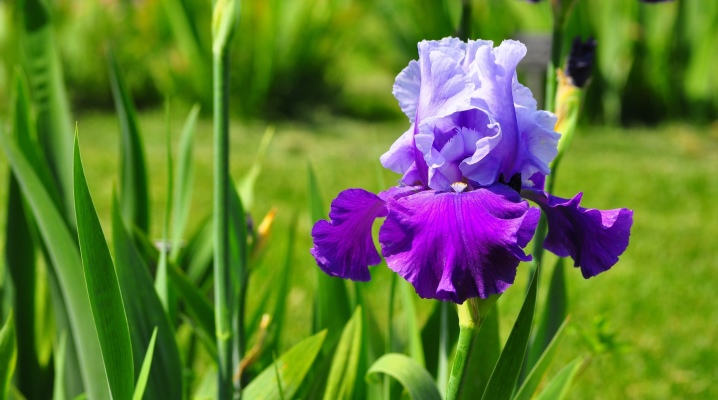
Irises are very beautiful plants that are often used to decorate home gardens. They are perennials and belong to the Iris family. But few can tell you how to plant irises correctly. In the article, we will take a closer look at when to plant them, how to properly prepare a place for planting, what kind of care should be provided to plants.
The right time
In order for irises to please the eye with their flowering for a long time, it is worth finding out at what time it is best to plant them. Many experts believe that planting in open ground is best done at the end of summer. But many gardeners from their experience note that irises can be planted in open ground even during or after flowering. For example, in June.
If we consider bulbous irises (they are also called xyphium), then Plants can be transplanted even in autumn, because during this period the plant already finishes blooming, gradually preparing for wintering.
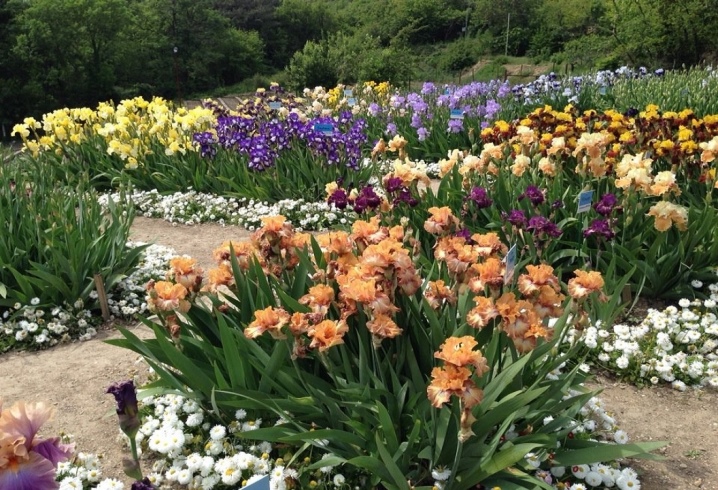
Planting irises in spring is not excluded. The main rule is a well-warmed soil. Only then will the plant be able to take root, since the root system of irises is very afraid of hypothermia. Usually, in the Moscow region, the land is already ready for planting in April or May.
For plants to bloom faster in the spring, they should be planted in the fall. However, this rule is only acceptable for warm areas. In the northern regions, planting in the fall will lead to the fact that the plant does not have time to root properly, as a result of which it simply will not survive the winter.
In such regions, irises can be planted exclusively in spring or summer.
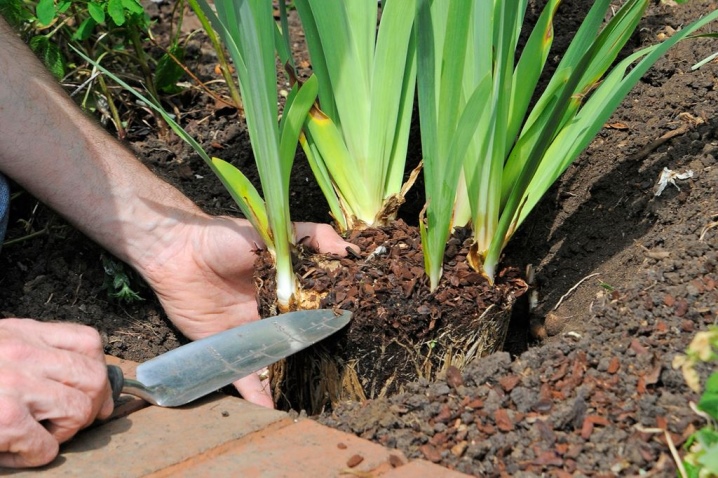
Site selection and soil preparation
Initially, you should find the right place for planting irises, as this affects the further flowering of the plant. It is worth giving preference to open places where there is a lot of sun, while protection from the wind is necessary. If it is not possible to protect the planting site of irises from the winds, then you should use the help of supports, otherwise the peduncles may break. A light shade will also not interfere with irises, on the contrary, it will be useful for them on a hot day.
Important! Many gardeners note that irises feel great near apple trees.

If the iris planting site is completely in the shade, then the plants may stop blooming, and then this will be reflected in their growth. Young plants may be able to grow and bloom, but adults will not be able to survive.
Different soil is used for planting, although these plants prefer loamy and sandy loam soils, which have a neutral or slightly acidic reaction. On acidic soil, plants grow well, but do not bloom. Quite often, irises growing on soils with high acidity get sick with bacteriosis. Therefore, liming of the earth should be done. Wood ash or ground chalk can be used to neutralize acidity. To improve heavy soil, add peat, sand or compost that has been aged for 3 to 5 years.
The addition of organic matter or heavy earth helps to cope with peaty soils.
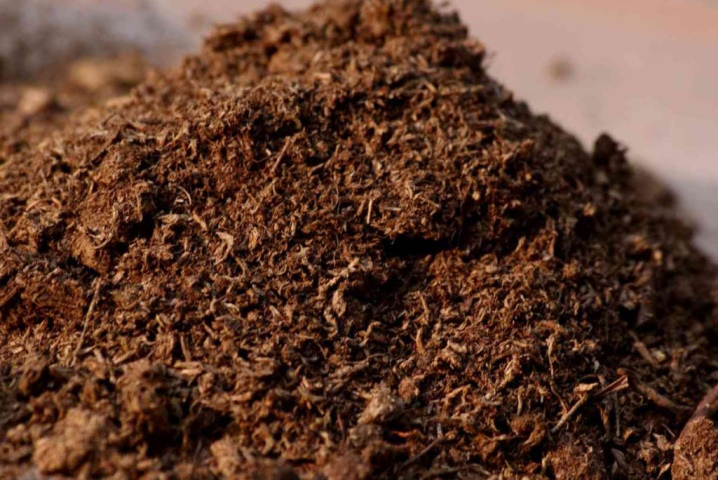
It should be remembered that irises are prone to death from waterlogging of the soil, so it is worth abandoning the place where groundwater passes nearby. The exception is the airovid (marsh) iris. For all other species, it is worth choosing areas located higher.But irises tolerate spring flooding normally, but it is important that the air temperature does not exceed +5 degrees. Already at an air temperature of more than +7 degrees, the root system begins to suffer, since reserve nutrients begin to ferment, which leads to the death of the plant.
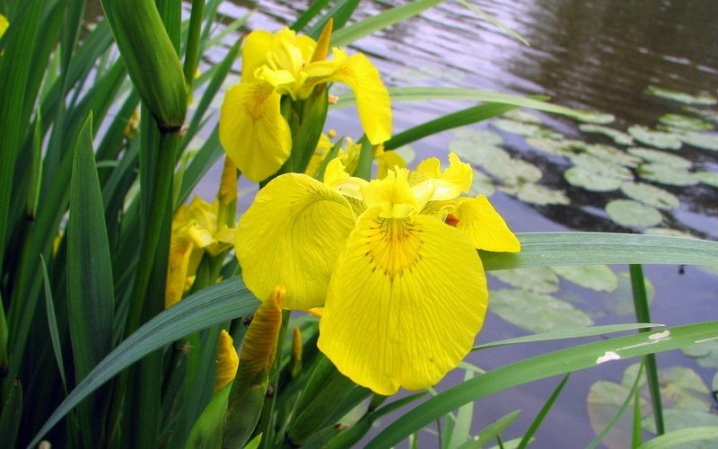
Basically, irises are lovers of dryness, but it should be understood that at certain times these flowers need good watering - planting, bud formation and further flowering, active leaf formation. Moderately fertile land will be the optimal choice of soil. But fresh manure as fertilizer should be abandoned, since this can lead to putrefactive processes. A good solution would be places where manure was often previously applied, as a result of which the soil became light and crumbly.
Site preparation before planting irises plays a big role. First, you need to dig up the area for planting on a shovel bayonet, while removing the roots that remain from perennial weeds (thistle, sow thistle, wheatgrass and runny). If you wish and need, you can feed the soil with compost or rotted manure while digging... Before planting irises, the preparation of the site should be done in advance, which will allow in the future to make a hole of the required depth, and for this the earth should already settle.
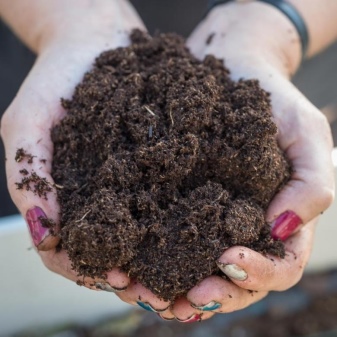
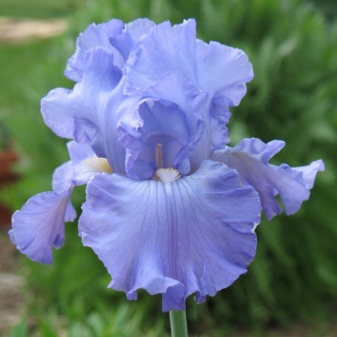
The choice of planting material
When choosing irises as planting material, you should pay attention to the following nuances:
- the size of the rhizome - large roots ensure rapid plant engraftment in a new place, rapid growth and early flowering;
- it is worth checking the roots for signs of disease;
- vegetative buds deserve special attention, but violent growth should not be present;
- rhizomes can be dry, but overdried ones should be discarded.
If you buy irises for planting on the market, you need to be careful when changing varieties. Only the purchase of a tuber with a peduncle guarantees the purchase of the desired variety. If there are already irises on the site, and their age is 5 years, then they are quite suitable as a source of material for planting. For these purposes, the division of the rhizome is used.
Important! Irises usually grow in width, while the center of the plant becomes empty and begins to die off.To prevent this, planting should be renewed every 5 years.
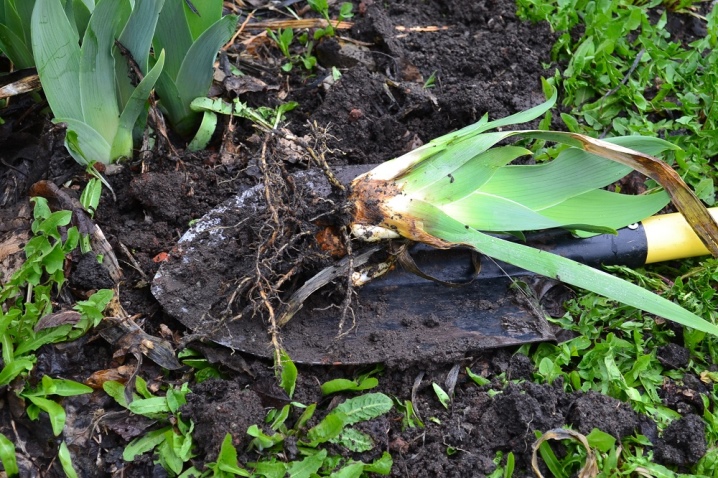
Step-by-step instruction
When the right time has been chosen, a place for planting has been prepared and planting material has already been purchased, there is little left to do - to plant irises. This process includes the following features.
- The laying of a flower bud may be in the summer. As a result, it is already being formed by the beginning of the winter period, therefore, with the onset of spring, it will be able to produce flowers.
- Most irises are afraid of cold weather, while the flower bud can die already at a temperature of -10 degrees.
- The planting unit of iris is a scapula, fan, layering. Its length is 3 cm, its diameter varies from 1 to 2 cm.
- The length of the root system should be up to 10 cm, but the leaves should be removed by about a third of the total length of the plant.
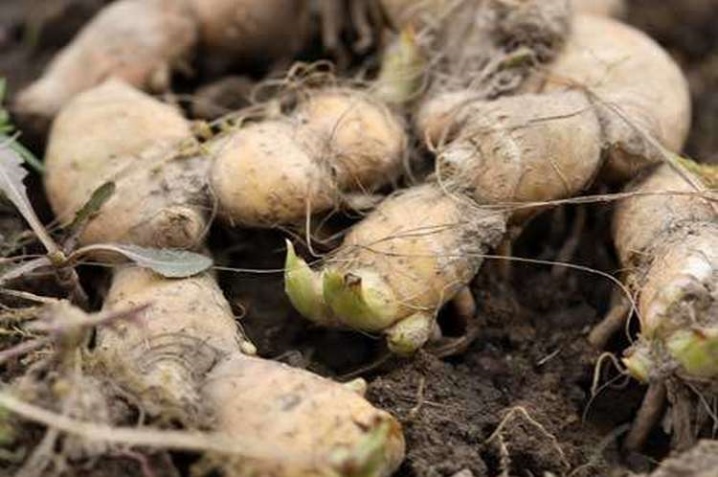
If you are planning to plant irises in the spring or summer, then you should pay attention to the above recommendations. The root system already has young roots, although the bud itself has not yet begun to tie. After 2 weeks, the root system will be quite developed. When a bud is formed, the plant has good rooting.
Important! If you plan to plant irises in the fall, you should use seedlings with buds that have already been laid. The diameter of the seedling is mainly 3 cm and the length is 6 cm.
If the conditions for development are created correctly, then blooming can be expected as early as next year.
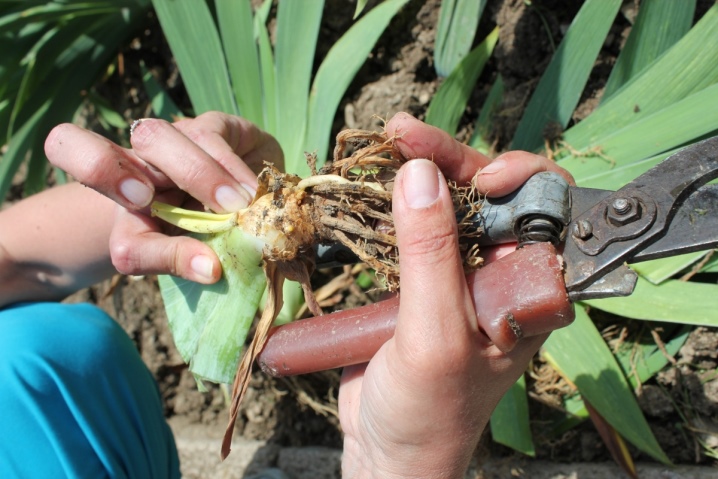
Planting outdoors depends on the correct location of the iris root system. To correctly create a hole for landing, you should adhere to the following rules:
- the correct placement of the roots during planting has a direct impact on how soon the plant will take root;
- the hole should have the same depth as the length of the roots, but located at the level of the soil that was previously fertilized;
- at the bottom of the fossa, you need to form an insignificant mound - it is on it that the root system should be placed;
- you must first press the seedling, and then cover it with a layer of soil mixture;
- the iris leaf fan should be in the vertical direction;
- the soil that was used to cover the roots should be tamped a little;
- iris needs watering after planting, and further watering should be done in about 3-5 days;
- planting on a hot day has its own characteristics - the seedling should be shaded so that the sun's rays do not affect the growth of the iris.

How to care?
The plant needs careful care after planting, since it is at this time that it is quite vulnerable to various environmental factors. Care includes the following activities:
- regular loosening of the soil;
- removal of all weeds;
- protection against various pests and diseases;
- timely watering, especially on hot days;
- if the growing conditions deteriorate, then the plant needs seasonal feeding;
- one-year-old irises need to be covered with foliage during the winter cold weather;
- old plants do not need protection;
- fertilization is an optional measure, but if the plant needs them, then three types of fertilizing can be used: usually, fertilizing is done at the beginning of spring and at the time when the buds are ripe, and the latter after flowering;
- during a drought, irises should be watered only in the evening, while it is necessary to ensure that water does not fall on the petals and flowers;
- in the second half of summer, watering should be reduced by 2 times;
- if the flower stalks have already faded, they should be cut as close to the base as possible.
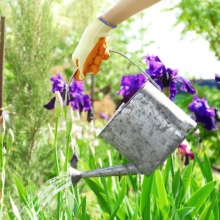
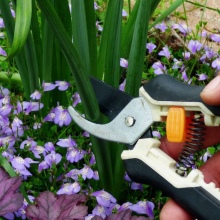
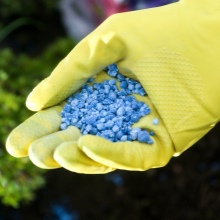
If you adhere to all of the above recommendations, then irises will always delight the eye with their attractive appearance. Special attention should be paid to the treatment and prevention of diseases, as well as pest control. Irises are not very susceptible to various diseases, but damage to the root system and leaf bases is still possible. You should try so that the soil is not waterlogged, otherwise the roots may suffer.
If, nevertheless, the roots began to rot, then it is worth adhering to the following algorithm of actions:
- dig up a bush of irises;
- clean the root system - cut off all rotten parts;
- place the plant in a special solution;
- after that, the bush can be left in airing mode for 12 hours.

Another iris disease is heterosporosis. This disease usually occurs in the second half of the summer. Its manifestation is the presence of brown spots on the leaves of the plant. It should be borne in mind that the disease spreads quite quickly. That's why it is necessary to cut off all infected leaves, and then burn them. The plant should be treated with copper sulfate, while taking 50 grams of the drug per 5 liters of water.
If we talk about pests, then the most dangerous for irises is gladiolus thrips. At first, you will notice that the leaves have lost their attractiveness, and then a wax coating appears.
To get rid of thrips, you should purchase special chemicals at the pharmacy.
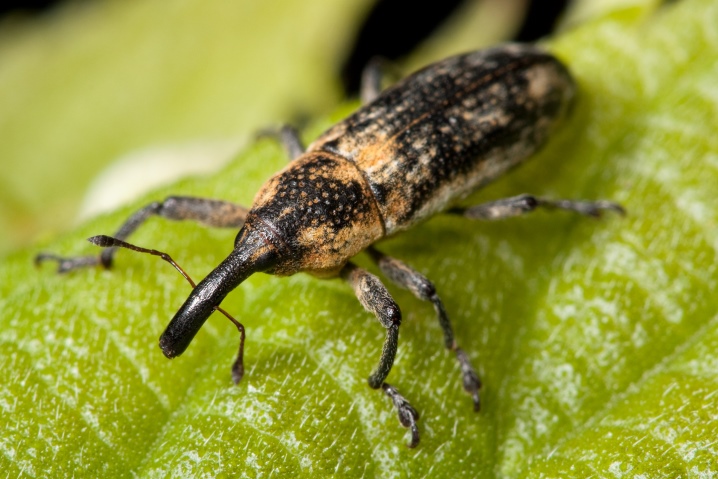
The scoop is also a fairly well-known pest of irises. They lead the plant to death, since the moths eat up the base of the peduncles, after which they turn yellow and die. Experts recommend using a 10% solution of karbofos for spraying irises. It is enough to perform this procedure 2 times, observing a break, a week.
Slugs in the country are also enemies of irises. An excellent prevention is arrangement of wet rags and leaves between iris bushes. Since the irises are at a short distance from each other, the slugs will mostly be on rags, they just need to be removed. If we consider a more effective method, then the use of granular metaldehyde is suitable. Usually it takes 30 grams to process 10 sq. meters of territory. Processing can only be carried out in the evening and in dry weather.
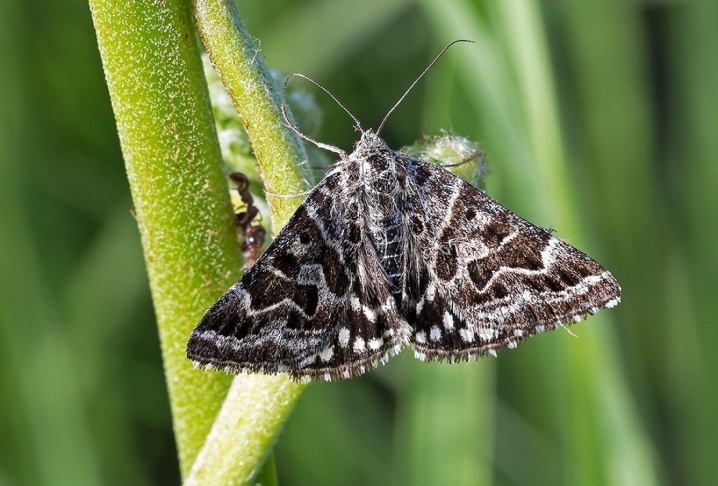
What to plant next to in a flower bed?
Irises are used mainly for decorating flower beds on the site, while many schemes are presented, each of which is in demand. If we consider blooming irises, then you can use different color schemes. The combination of one- and two-color irises looks very stylish and impressive, while one of the shades can be matched to the tone of monochromatic plants.
Looks pretty pretty pond lined with irises. In addition, plants have a positive attitude to moisture. Irises can be combined with other flowers. They look great in various ensembles, but there are exceptions.

So, it is worth adhering to the following recommendations:
- if irises of similar tones are planted, then they do not look very good, therefore, when planting seeds, attention should be paid to the color versions of future plants;
- it is not necessary to plant varieties with bright and pale colors together, since the latter will be lost against the background of the former;
- if two-color variants grow together, but of different varieties, it will seem variegated and disharmonious;
- do not plant irises of different dark tones next to each other.
By adhering to these simple rules, you can be sure that irises are ideal for decorating flower beds. If you choose the right timing for flowering plants, then such a flower bed can delight the eyes all season.

Irises should be combined in flower beds with the following plants:
- lupins and delphiniums;
- lilies and poppies.
Important! Since the root system of these plants develops at different soil levels, they feel great around. Such a composition will decorate the flower bed, so it is better to place it in the center. And along the edges you can arrange forget-me-nots, marigolds or pansies.
Do not forget about roses, because the green of the irises perfectly covers the stems of the roses, thereby providing good growing conditions. If you plant irises in artificial reservoirs, then a hosta, a bathing suit is suitable next door, but you can also plant any moisture-loving plant. With the help of irises, you can create amazing and unforgettable compositions.
For information on how to plant irises, see the next video.







































































































The comment was sent successfully.